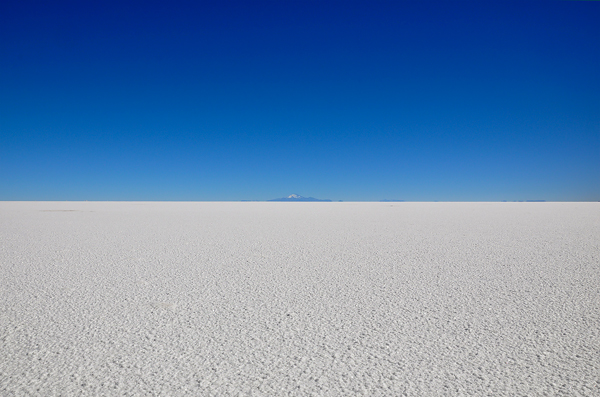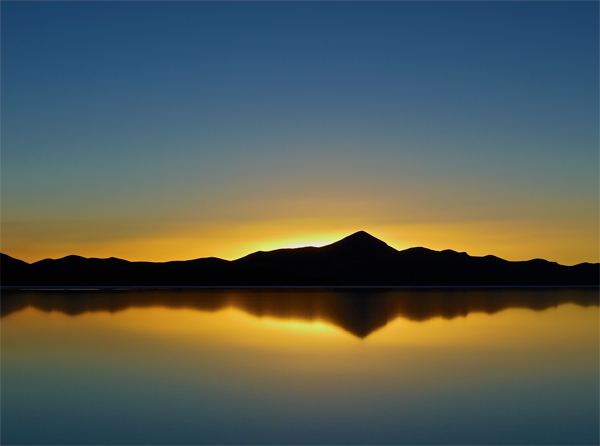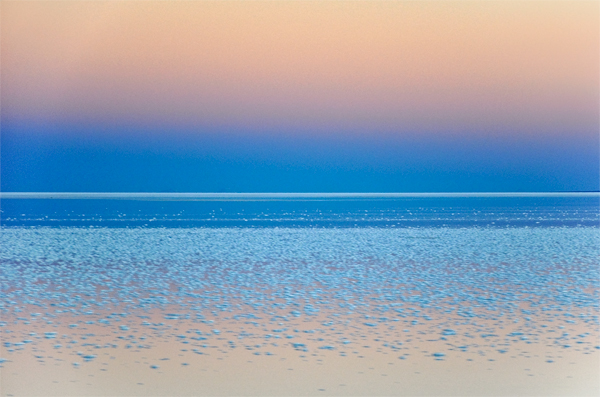Article by Greg Wells.
I am a research scientist at the Hospital for Sick Children and an Assistant Professor at the University of Toronto. I am also fascinated by photography. I am fortunate to have the opportunity to travel to incredible locations around the world on science expeditions, and photography allows me to capture images and tell stories which can help bring my research to life.
In May of 2011 I traveled to Bolivia to take a group of Youth Ambassadors to run 300 km across the Salar de Unuyi salt flats in the Andes Mountains (www.bolivia2011.com).
The expedition was led by Ray Zahab, an ultra marathon runner who founded impossible 2 Possible (www.impossible2possible.com). The mission of the organization is to educate inspire and empower youth around the world. During the expedition I collected some fascinating data on human adaptations to altitude and captured some wonderful images.
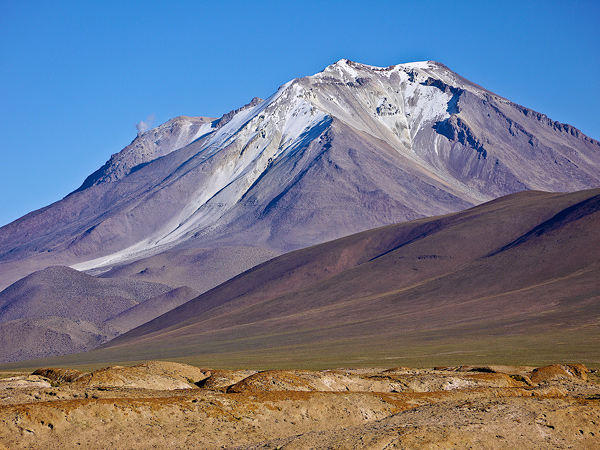
Active volcano in the Bolivian Andes. ISO 100, f/6.3, 1/1000 sec. Photo taken mid-afternoon. Note the smoke on the left side of the mountain.
Perhaps the most amazing visual moment of the entire expedition occurred one evening as we were driving to camp after the day’s 32 km of running. The salt flats had flooded which provided for some spectacular scenery.
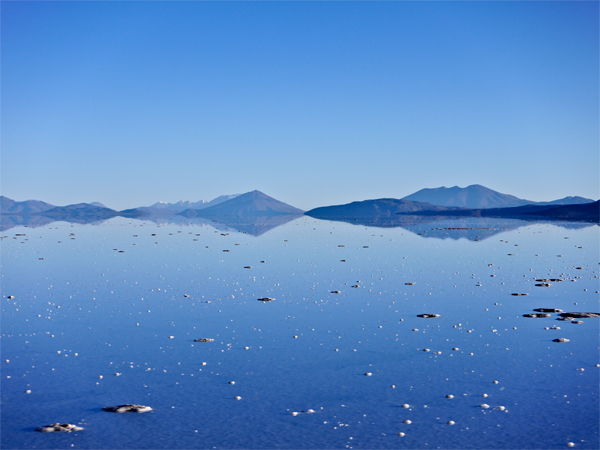
Flooded salt flats in the Andes mountains of Bolivia. ISO 100, f7.1, 1/500 sec. This photo was taken at approximately 4 p.m. in the afternoon as we were driving.
As the sun descended below the horizon I managed to capture the scene out of the window of our jeep. In one direction we could see the last light of the day and in the other direction the reflections of the remaining daylight in the barely flooded salt. We could not stop as the slat crust over the salt lake was very thin and our driver was quite nervous about breaking through before we reached the real road ahead. Despite taking these shots from a moving vehicle, the images turned out quite well.
On my return to Canada, I showed the photos to my mother, who is an avid photographer (www.donnawellsphotography.ca). She and her instructor David Hoyt helped with editing which included reduced lens vignetting, enlarging, noise reduction, and moderate sharpening as required.
Article by Greg Wells PhD (www.drgregwells.com).



